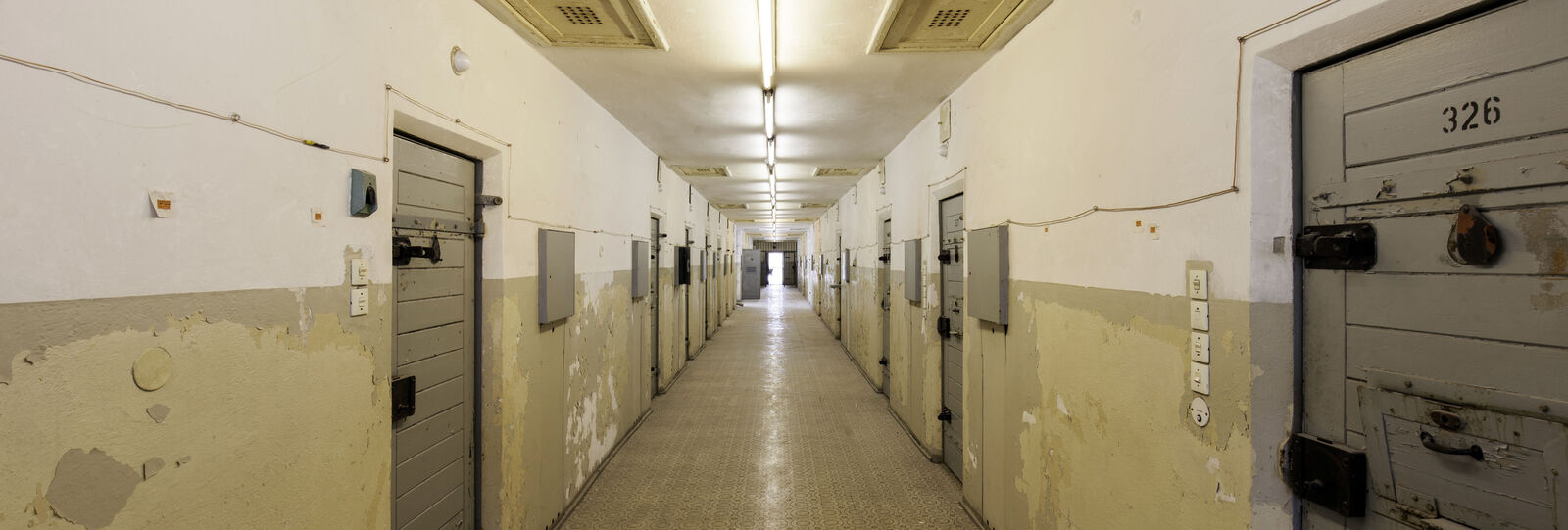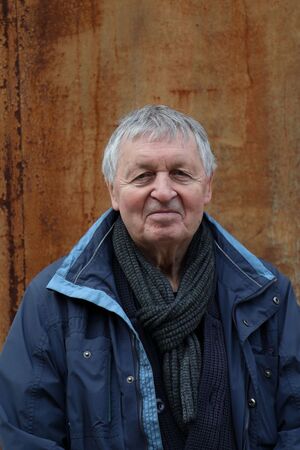Hartmut Richter
Hartmut Richter was born in Glindow (Brandenburg) in 1948. He was 13 when the Berlin Wall was built in August 1961. Whilst visiting relatives in West Berlin, he saw the border barriers being erected on Bernauer Strasse. A short time later, he returned to the GDR.
In January 1966, Hartmut Richter attempted to flee to Austria via then Czechoslovakia. He was caught and taken to the Stasi remand prison in Potsdam. In May 1966, he was sentenced to ten months probation.
In August 1966, he tried to flee again by swimming across the Teltow Canal to West Berlin: he managed to escape. In 1972, Hartmut Richter was allowed to re-enter the GDR following an amnesty. He smuggled 33 people out of the GDR in his car via the transit route between West Berlin and West Germany. In March 1975, he was arrested during one such journey, with his sister in the boot, and was sent to the remand centre in Potsdam. In December 1975, the Potsdam District Court sentenced him in proceedings that were closed to the public to a maximum sentence of 15 years for "trafficking human beings as an enemy of the state". He served his sentence in the Berlin-Rummelsburg and Bautzen II correctional centres.
After more than five years in prison, Hartmut Richter was released by the Federal Republic of Germany in October 1980 and allowed to leave for West Berlin. There, he became involved with the International Society for Human Rights. Since 1999, he has been a tour guide at the Berlin-Hohenschönhausen Memorial. Hartmut Richter is one of the initiators of the "DenkOrt", which commemorates the victims of Special Camp No. 3 at the cemetery in Gärtnerstraße.

